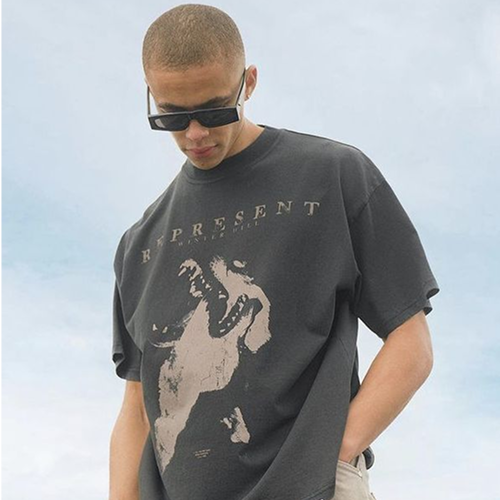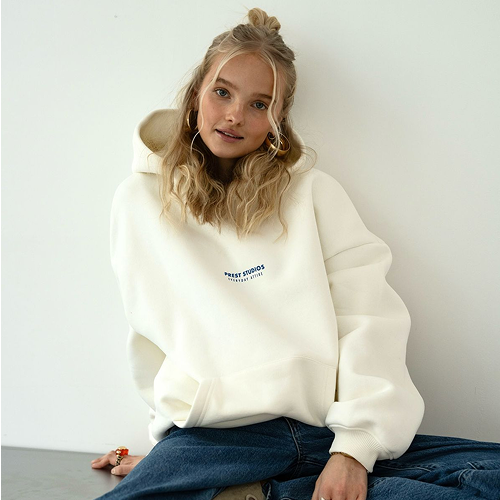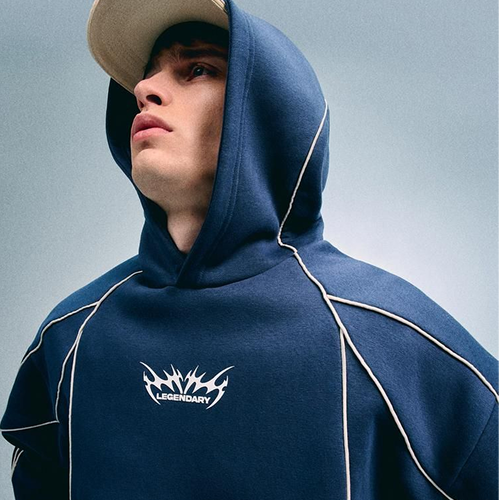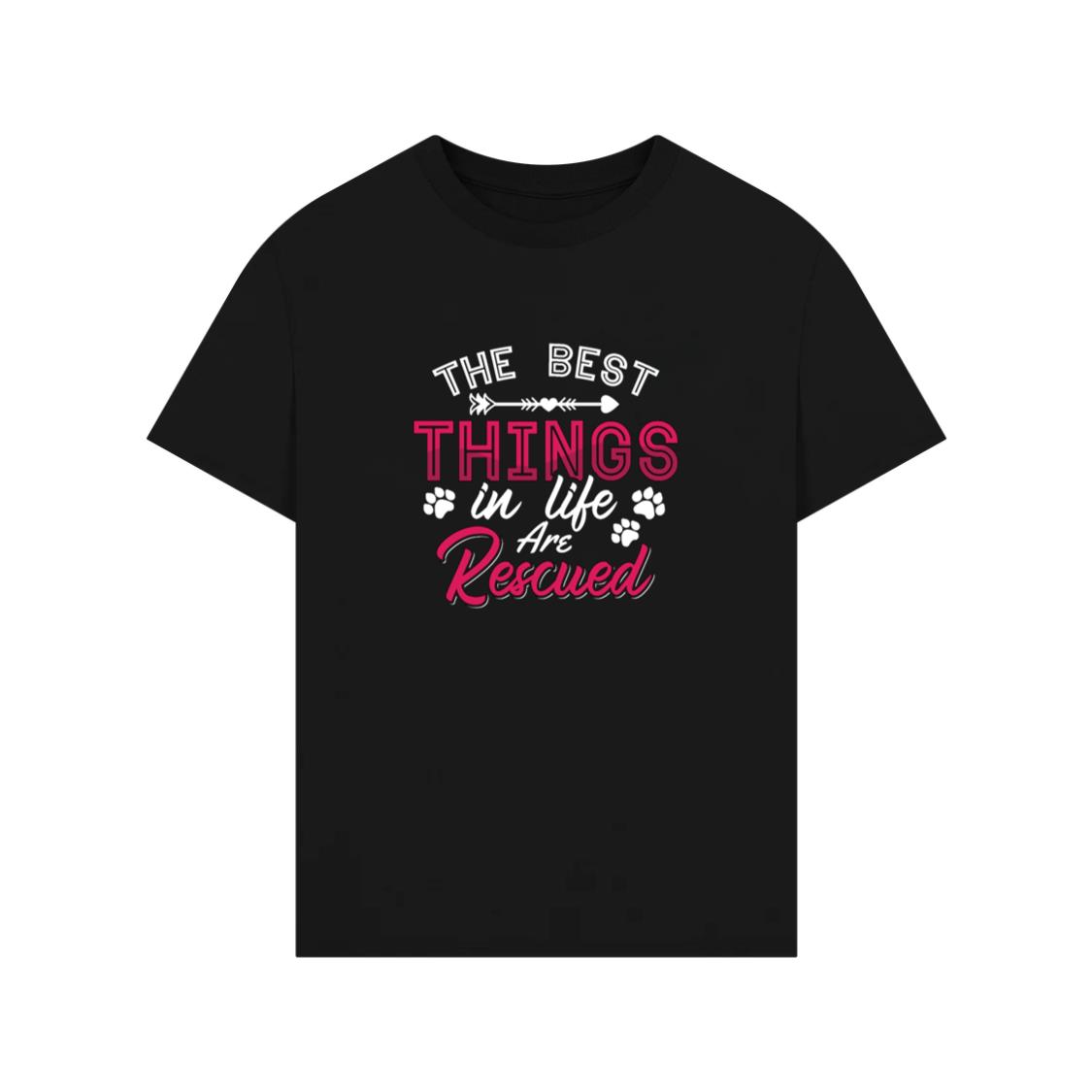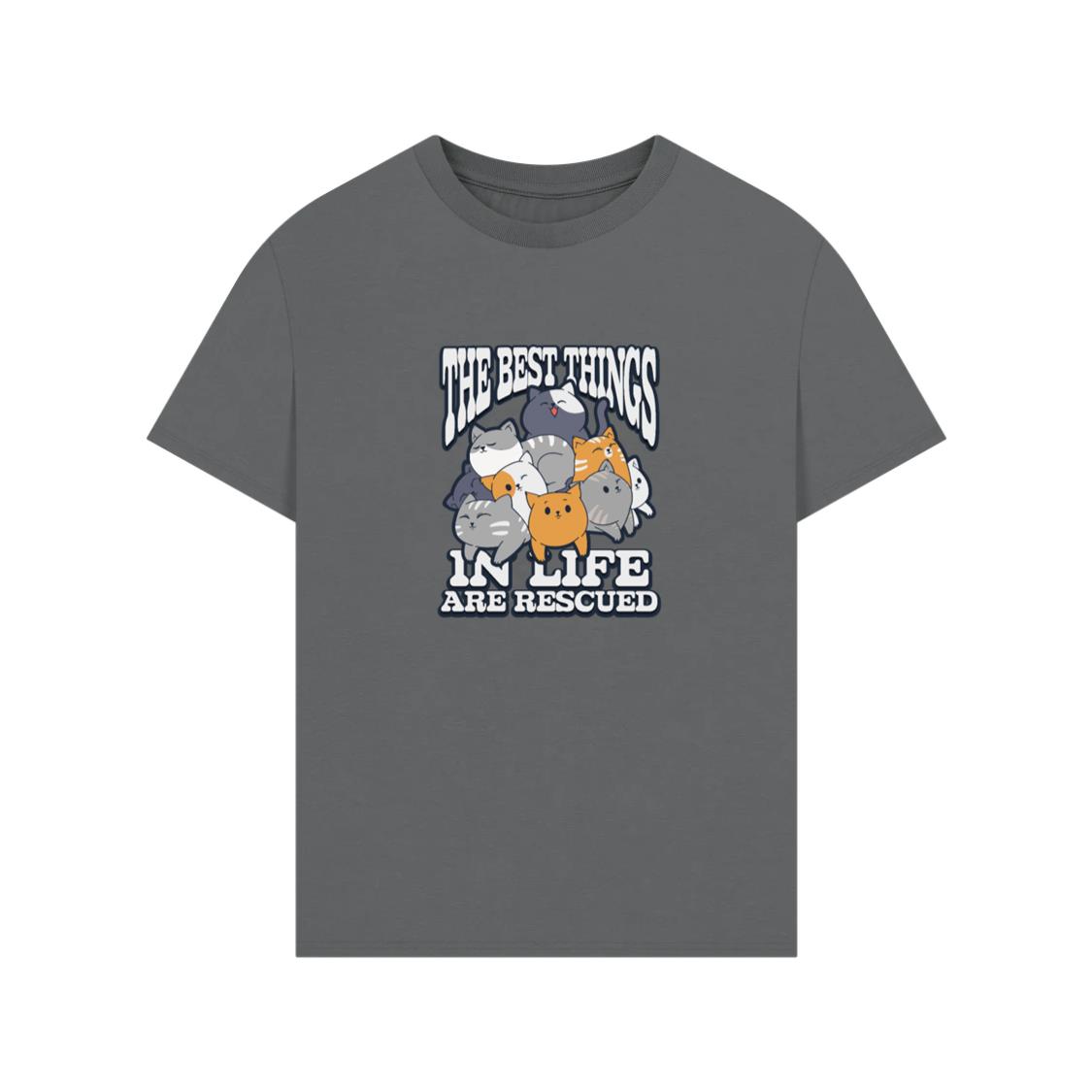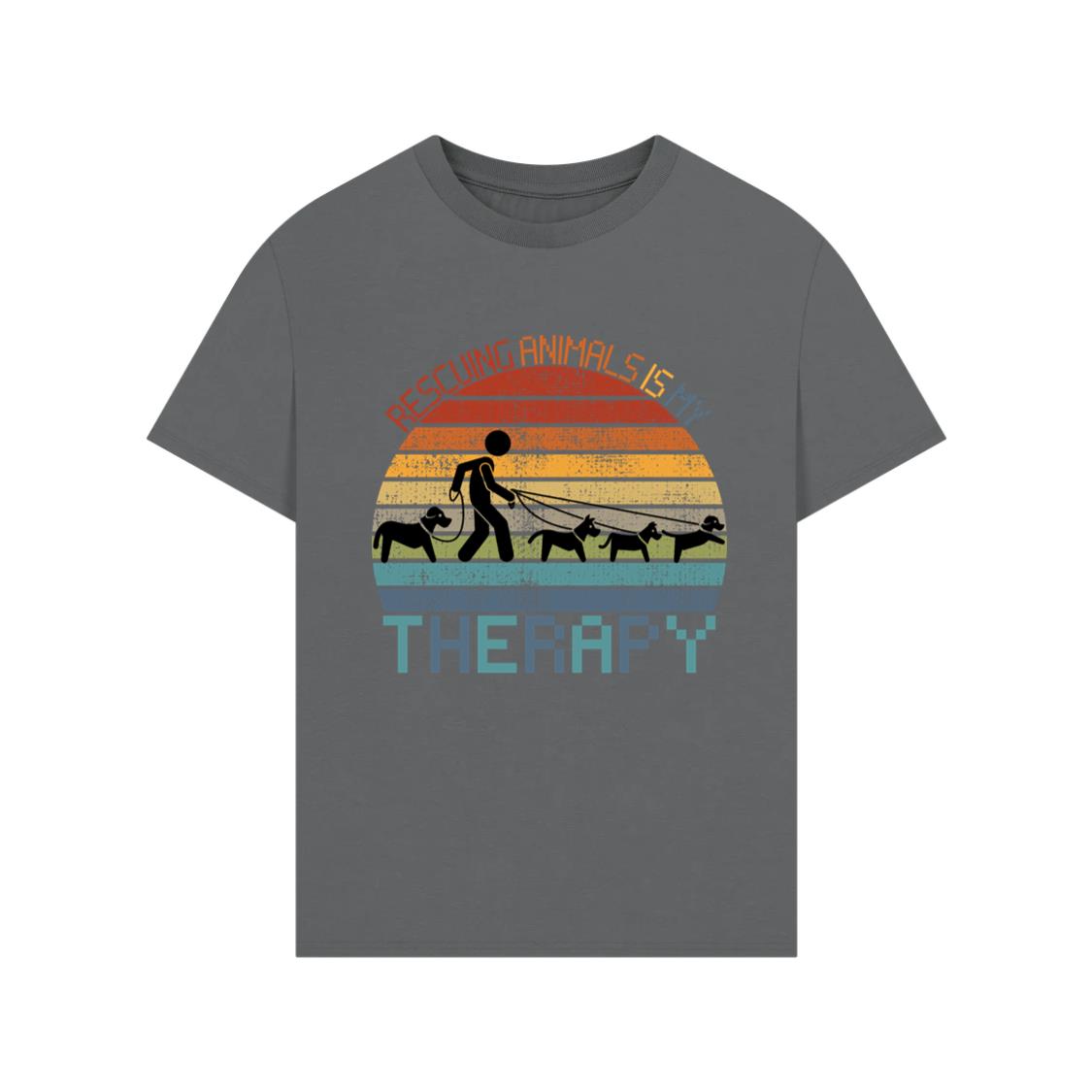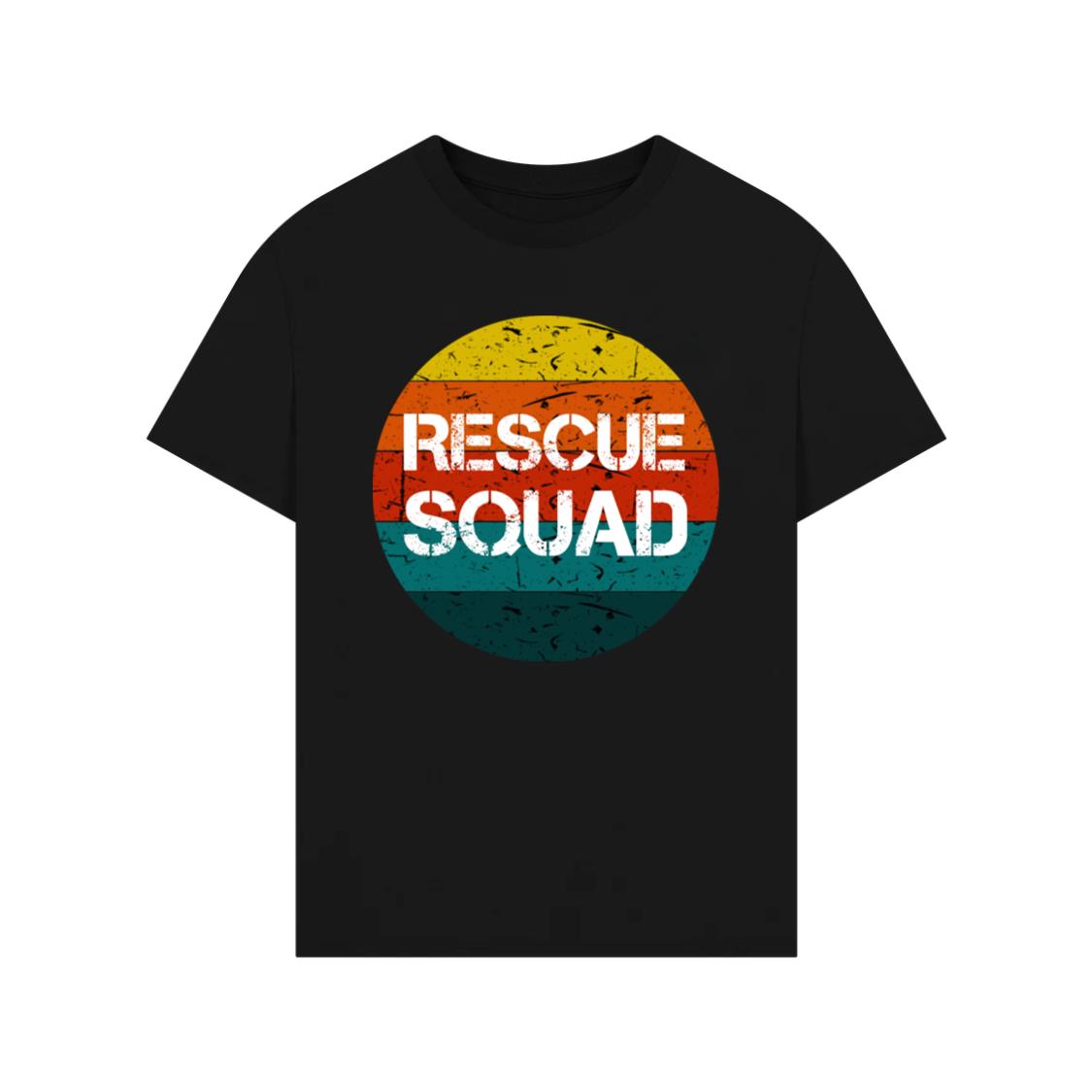There’s a quiet power in simplicity — and few garments embody that truth like the T-shirt. It doesn’t demand attention. It doesn’t shout for validation. It simply exists — and yet, it has shaped generations, defined movements, and rewritten the language of fashion.
The T-shirt is more than fabric; it’s identity. It’s rebellion, comfort, classless, ageless, and endlessly adaptable. From World War uniforms to TikTok fits, the T-shirt has evolved into the most democratic piece of clothing ever made. But how did something so simple become so symbolic? And what does it mean to wear one today?
I. From Undergarment to Icon
The story begins far from streetwear or style — it starts with sweat.
In the late 19th century, men working in the U.S. Navy and labor-intensive jobs needed lightweight undershirts to absorb sweat under their uniforms. These cotton “T-shirts” were purely functional: a barrier between body and uniform.
They were cheap, washable, and had no buttons — revolutionary at a time when men’s clothing was still stiff and formal.
By World War II, American soldiers were wearing white cotton tees as casual off-duty gear. And when they returned home, they brought that habit with them. The shirt left the trenches and entered American living rooms.
Hollywood sealed its fate. In 1951, Marlon Brando wore a fitted white tee in A Streetcar Named Desire, turning the humble undergarment into an emblem of raw masculinity. Three years later, James Dean immortalized it in Rebel Without a Cause. The T-shirt had officially graduated from underwear to outerwear — from utility to identity.
II. The Canvas of Rebellion
Once the T-shirt escaped uniformity, it became a canvas for individuality.
By the 1960s, young people used it to make statements — political, artistic, or personal. Screen printing technology allowed messages to explode across chests: anti-war slogans, rock band logos, psychedelic art. The T-shirt became wearable protest, a new kind of poster for a restless generation.
The 1970s punk movement sharpened this defiance. Bands like The Sex Pistols used tees as tools of anarchy — safety pins, rips, and crude DIY graphics turned clothing into confrontation. Designer Vivienne Westwood weaponized the T-shirt from her London boutique, creating pieces that were half fashion, half manifesto.
In a world built on conformity, the T-shirt became a weapon of expression. It was the easiest way to say I’m not one of you.
III. The Rise of the Logo
Then came the 1980s — the decade of consumerism, branding, and excess.
Logos became status symbols. Calvin Klein, Nike, and Guess realized that the T-shirt was more than casual wear — it was free advertising. A logo printed across the chest turned every wearer into a walking billboard.
For the first time, identity could be bought. Wearing a brand became a way of belonging.
Streetwear took this idea and flipped it on its head. In New York and Los Angeles, hip-hop and skate culture merged with fashion. Labels like Stüssy and Supreme built empires on graphic tees that felt underground but were globally coveted. The T-shirt was no longer just a basic — it was the centerpiece of cultural expression.
A generation learned that you could build an entire outfit — even an entire lifestyle — around one perfect tee.
IV. The Power of Simplicity
Fast-forward to the 21st century. Amidst digital chaos and brand overload, minimalism found its moment.
The plain white T-shirt — stripped of logos and noise — returned as the ultimate statement of quiet confidence. Icons like Steve Jobs, Mark Zuckerberg, and Kanye West turned simple tees into uniforms of modern power. The message was clear: I don’t need to prove anything with decoration.
Minimalist brands such as Uniqlo, Everlane, and COS redefined simplicity as sophistication. Meanwhile, Fear of God and The Row elevated the T-shirt into luxury territory — turning what was once $5 basics into $300 essentials through craftsmanship, fabric quality, and fit.
The T-shirt had evolved again — from rebellion to refinement.
V. The Psychology of the Tee
Why does something so basic hold such emotional weight?
Because the T-shirt is the most intimate form of public clothing.
It touches your skin, moves with your body, and molds to your identity. The way someone wears a tee — tucked, cropped, oversized, raw-edged — says more about them than any designer label ever could.
It’s both armor and vulnerability. It can project power or comfort, rebellion or nostalgia.
A tee from your favorite concert holds memories. One from your first job might still smell faintly of ambition. The emotional attachment we form with T-shirts is unlike any other garment — because they carry our daily lives, not just our style.
VI. Genderless and Ageless
Unlike most fashion items, the T-shirt has no gender, age, or status.
It belongs to everyone — from rock stars to toddlers, CEOs to students.
It’s one of the few garments that unites people rather than divides them. Its meaning changes depending on how it’s styled — a cropped tee becomes a symbol of femininity and freedom, while an oversized tee channels nonchalance and masculinity.
In the age of gender-fluid fashion, the T-shirt remains the universal denominator — adaptable, inclusive, and honest.
VII. The T-shirt Economy
Behind its simplicity lies an industry worth tens of billions.
From small streetwear drops to luxury capsules, the T-shirt has become the ultimate commercial weapon. Brands build entire marketing strategies around limited-edition tees, using scarcity to drive hype.
A single graphic tee can spark global frenzy — think Supreme’s box logo releases or Travis Scott’s Astroworld merch.
Social media amplified this even further. A viral tee today can create overnight millionaires. But the saturation also raises a question: when every brand makes T-shirts, what makes one special anymore?
The answer circles back to authenticity. Consumers have become more aware, craving connection and story over logos. The T-shirt’s power now lies not in what’s printed, but in what it represents.
VIII. Sustainability and Slow Fashion
Yet, the T-shirt also stands at the center of fashion’s environmental reckoning.
Cotton farming, dyeing, and overproduction make it one of the most resource-intensive garments on the planet. The same shirt that symbolizes freedom often hides a chain of exploitation.
But that’s changing. Brands are embracing organic cotton, recycled fibers, and ethical supply chains. Circular fashion initiatives encourage repair and reuse, giving T-shirts new lives instead of landfill fates.
Vintage and thrifted tees have become a new badge of honor — proof that sustainability can look good. Wearing secondhand isn’t cheap; it’s conscious.
The T-shirt’s next revolution isn’t about style — it’s about responsibility.
IX. The Digital Tee
We’re now living in a world where the T-shirt has gone virtual.
From NFT fashion to gaming avatars and metaverse wardrobes, the digital T-shirt represents identity in a different dimension. People buy virtual tees for the same reason they wear real ones — to belong, to express, to stand out.
Yet, physicality still matters. A cotton tee can’t be replaced by pixels because it’s tied to the human experience — texture, smell, wear, and memory. The future might blend both worlds, but the T-shirt will always have roots in touch, not code.
X. How to Master the Modern Tee
Owning a T-shirt is easy. Wearing it well takes intention.
Fit is everything. Too tight looks forced; too loose looks lazy. Find that effortless middle ground.
Fabric matters. Heavyweight cotton holds structure; lighter blends drape for softness.
Color choice defines tone. White for purity, black for mystery, neutrals for sophistication, and vintage hues for nostalgia.
Styling makes it personal. Roll the sleeves, tuck it in, or layer with blazers and hoodies — each choice creates a new personality.
Care equals longevity. Wash cold, air dry, wear often. The best tees age like denim — they get better with you.
XI. The Timelessness of the Tee
Trends orbit around the T-shirt, but it never moves. It’s the axis — everything else revolves.
When streetwear fades, it stays. When luxury rebrands, it remains. When technology shifts, it adapts.
The T-shirt’s power lies in its refusal to be extraordinary. It doesn’t need reinvention because it is reinvention — a blank page that every generation rewrites.
From Brando to Billie Eilish, from rebellion to refinement, it has absorbed every cultural wavelength without losing itself. That’s more than fashion — that’s evolution.
XII. The T-shirt as Human Metaphor
Perhaps the reason we never tire of T-shirts is that they mirror us.
They start unformed, blank, and full of potential. Over time, they fade, stretch, and soften — just like people do. Every stain, every tear, every softened thread tells a story of where we’ve been.
The T-shirt reminds us that perfection isn’t the goal — authenticity is. That simplicity, when lived honestly, becomes style.
And that’s why no matter how advanced fashion becomes, the most powerful garment will always be the simplest one: the humble, beautiful, ever-evolving T-shirt.

